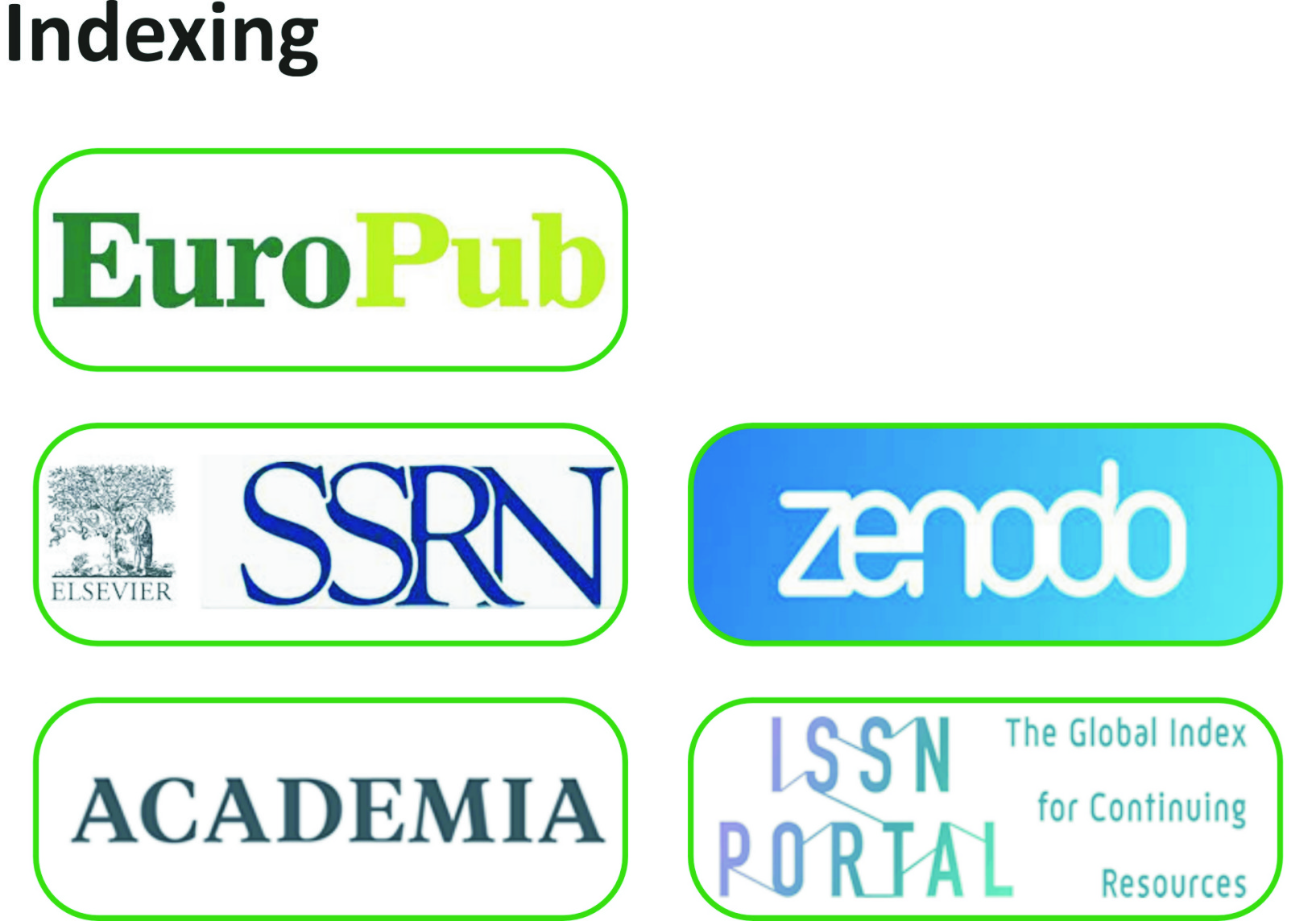Data-Driven Family Medicine: Enhancing Care Delivery Through AI And IOT Integration
Abstract
Background: By studying the potential uses of AI and IoT for family medicine we can identify several advantages: for patient care, diagnostic capabilities, and remote monitoring. However, the use of these systems in clinical practice has not received a lot of support because of different challenges. This paper assesses the use of AI and IoT in family medicine from the usage perspective, perceived usefulness, and challenges experienced. This paper aims to evaluate the effects arising from the integration of AI and IoT on family medicine practices, the awareness of healthcare practitioners towards AI and IoT, and factors influencing the practicability and utilization of AI and IoT in their practices. An online self-constructed questionnaire was distributed to 250 participants employed in family medicine settings and/or patients. The survey therefore captured general awareness about AI and IoT, usage in practice, perceived usefulness, and challenges associated with their use. Descriptive statistics, chi-square tests, logistic regression, and reliability analysis were employed to analyze the study results to determine the relation between the variables and the reliability of the measures. A majority of the respondents had a moderate understanding of AI & IOT and most of them rated the efficiency of these technologies as fairly good. The chi-square test revealed no significant association between healthcare roles and AI adoption (p = 0.37), while logistic regression showed weak predictive power for AI adoption based on familiarity with AI and IoT (accuracy: 50.67%). Internal reliability of measures scale: The internal reliability estimate Cronbach’s alpha for Likert scale items was negative (- 0.202) meaning there was low internal consistency.In general, there is demonstrated awareness of both AI and IoT technologies, but their utilization in family medicine is not high. Challenges include the strongest element of familiarity with the least density on usage, poor internal reliability of the measures, technical know-how, and compatibility issues. Collectively, these results underscore the need for better training, increased data quality, and practical considerations for optimizing the application of AI and IoT in family medicine.






